Popular on Food52
33 Comments
Stephan_G
May 24, 2016
I'm so glad there are so many people who're into matcha! Most of my friends don't even want to try it, saying it's like a nasty concoction. But matcha should be the new coffee for real, because it's much more healthy and doesn't have the caffeine of coffee, yet it's still effective. Matcha quality however varies a lot and we often mislead what we should buy. I personally tried 4 different products until I found the best balance between price and quality. If there are still some of you who have trouble identifying a good matcha tea, this guide might help: http://organicpowerfoods.com/health-topics/how-to-rate-the-quality-of-matcha-green-tea
tamater S.
May 6, 2016
I'm curious as to what evidence/bio-science there is that matcha "releases the stimulant (caffeine) over a longer period of time" than coffee? I'm suspicious that this might be like the agave rumour, that was all over the net several years ago, that agave was absorbed by the body 'slower than sugar'.... Does this strike anybody else as a suspicious?
Trish S.
November 2, 2015
From the Domatcha recipe book -Add some spice to your routine with this terrific chai recipe.
Matcha Chai ( 2 Servings )
16 ounces vanilla almond milk 1-2 cardamom pods
1/8 teaspoon peppercorns 1/4 cinnamon stick
3 whole cloves
1/8 inch slice of fresh ginger
1/4 teaspoon dried fennel seeds 1 bay leaf (optional)
1 teaspoon DōMatchaTM
Bring almond milk and spices to a boil. Boil for 5 minutes, then simmer for 10 minutes. Strain into a blender. Let the mixture cool down for a few minutes, then add 1 teaspoon of DōMatchaTM and blend. You can also make a DōMatchaTM Chai Frappe by blending with ice.
Matcha Chai ( 2 Servings )
16 ounces vanilla almond milk 1-2 cardamom pods
1/8 teaspoon peppercorns 1/4 cinnamon stick
3 whole cloves
1/8 inch slice of fresh ginger
1/4 teaspoon dried fennel seeds 1 bay leaf (optional)
1 teaspoon DōMatchaTM
Bring almond milk and spices to a boil. Boil for 5 minutes, then simmer for 10 minutes. Strain into a blender. Let the mixture cool down for a few minutes, then add 1 teaspoon of DōMatchaTM and blend. You can also make a DōMatchaTM Chai Frappe by blending with ice.
Valeria
October 27, 2015
Do not recommend at all to use boiling water-optimal water temperature is 70-80C. Otherwise you kill a lot of volatile oils that make matcha so precious and delicious. I am lucky to live close to Japan and get my matchas on straight after they are packaged at this small family plantation.
Antonia A.
October 26, 2015
Like Sue Manos, I make lazy shaken matcha but I add a pinch of ground cardamon—a surprisingly delicious and warming addition.
Sue M.
October 25, 2015
I sometimes make mine with a flavored green tea. Also I like to put my matcha in a water bottle and shake it up. I use 1/2 tsp per 8 oz of water. (My whisk came with a bamboo spoon.) I find using any kind of metal gives the matcha an off taste. And boiling water kills the antioxidants.
Cookie
October 25, 2015
Favorite hot comfort drink around my house: Warm almond milk or coconut milk with just a drop of agave sweetener and a nice dollop of matcha. I buy good Japanese matcha and have never had clumping problems that require any kind of whisking exertion, electric or otherwise! While $20-25 for a small tin seems pricey, remember that just a teaspoon goes a long, long way.
kate
October 25, 2015
If Matcha has a slow release caffeine content it may interfere with sleep for those who are sensitive to caffeine and drink it after noon. Also, use of any Chinese manufactured food or cosmetic product should be done with the greatest caution.
Gary S.
October 25, 2015
The cheap Chinese matcha can contain more lead than is good for us. The Japanese teas are typically "lead-free". Again it's a case of "good food ain't cheap and cheap for ain't good." So don't be cheap with your healthy foods and you'll be just fine.
judith2b
October 25, 2015
I don't see the actual Matcha Peaches and Cream recipe--am I losing my mind? Where is this "below" that's referenced?
judith2b
October 25, 2015
I see there's been an edit that takes out the "below" reference, but the description of how to make Peaches and Cream still doesn't mention the cream. I assume it's almond milk and that you just pour it on top of the fruit juice.
Leslie S.
October 26, 2015
Hi Judith2b and Helen, to make the Peaches and Cream, simply use the ratios provided, then use almond milk (as the "cream" component) and then pure peach or apricot juice. It's that simple—and really delicious!
Trish S.
November 2, 2015
The recipe is confusing and should be revised to read 4 ounces of juice, 4 ounces of almond milk and 6 ounces of matcha.
Mary
October 25, 2015
I have a large shaker bottle with a little shaker ball. I add room temp filtered water, add 2 servings of Matcha and shake till all lumps are gone. I then either pour over ice with a splash of almond milk or into a mug to be heated. The large bottle is 2 servings. While I like the idea of preparing matcha in the tradition of the Japanese, being pressed for time, this is the way I have found the easiest and fastest while still reaping all the benefits of this awesome drink.
MT
October 25, 2015
I've read that matcha can be high in lead (I think it's lead?) or some other scary metal/contaminant. Does anyone know more about this?
Sarah
October 22, 2015
great post! We love matcha probably as we sell it over at MatchaFix.com , love your write up :)
Scott H.
October 22, 2015
Adding water that is greater than 176deg F (80deg C) will destroy a lot of the antioxidants contained within Matcha.
Jana L.
October 22, 2015
Thank you for sharing :).
I am very interested in the Matcha history and new recipes :). Do you have any books concerning Matcha you can recommend ?
I am very interested in the Matcha history and new recipes :). Do you have any books concerning Matcha you can recommend ?
Jessica D.
October 21, 2015
I heat some almond milk, a teaspoon of coconut oil, maca, and matcha in a small saucepot until warm. I blend it on low in my Vitamix until it is foamy and drink it latte-style. Best ever!
Allison T.
October 21, 2015
Shouldn't that read 2 grams of matcha, not 20 grams to 1 cup of water? Otherwise that would be almost an entire small tin of matcha
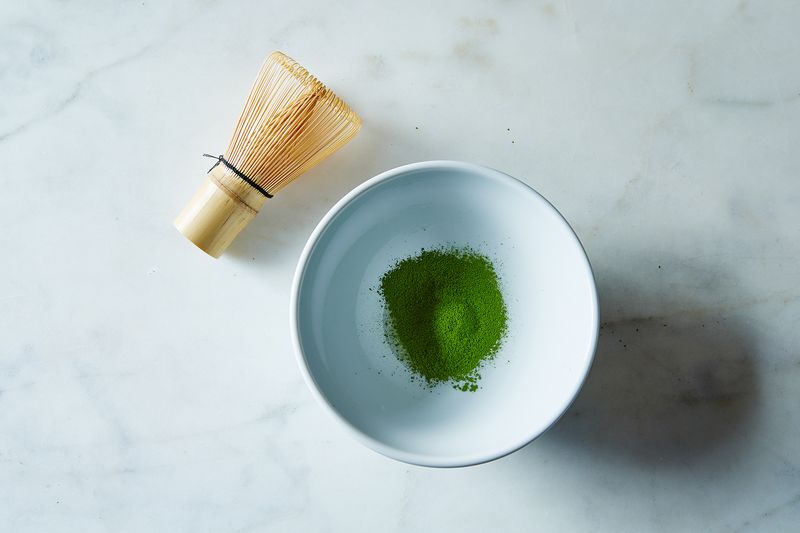
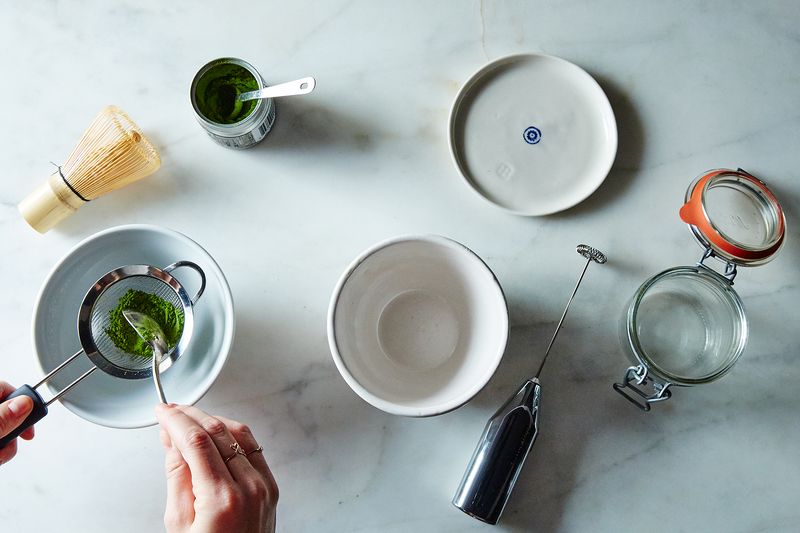
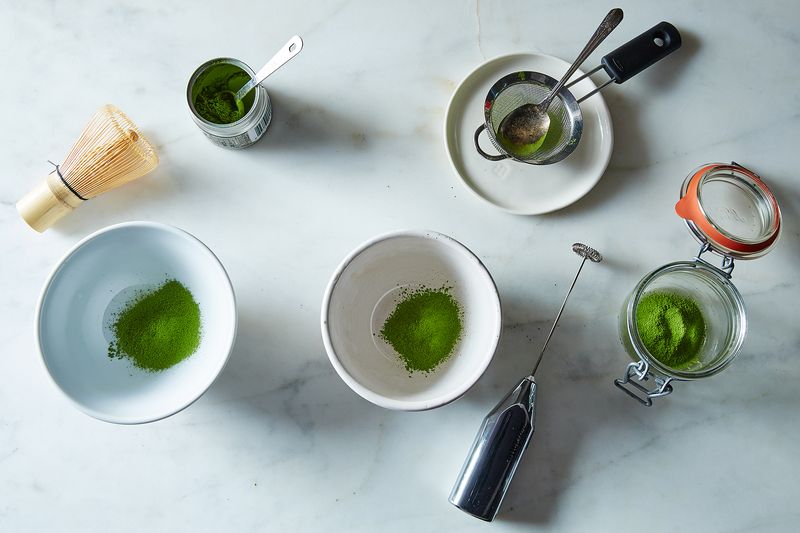
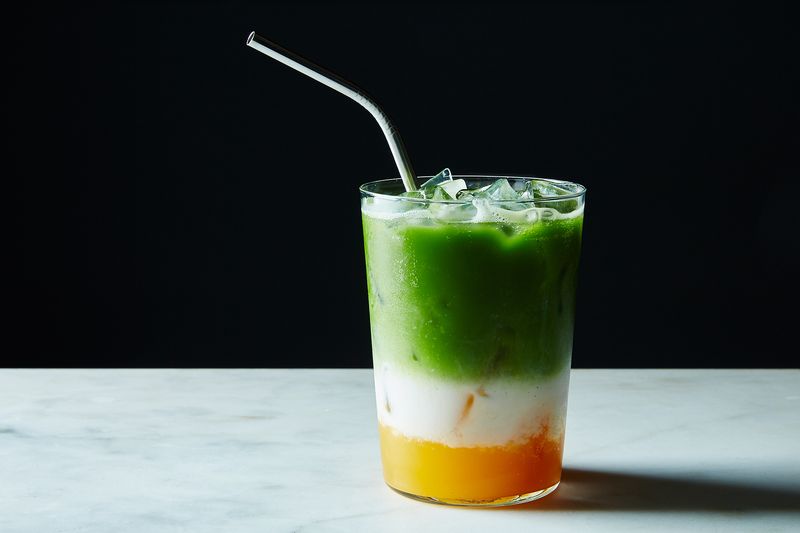
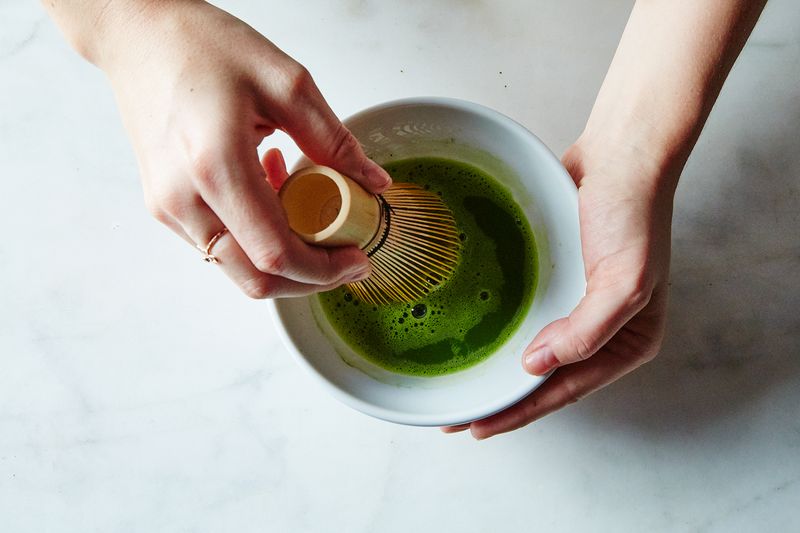
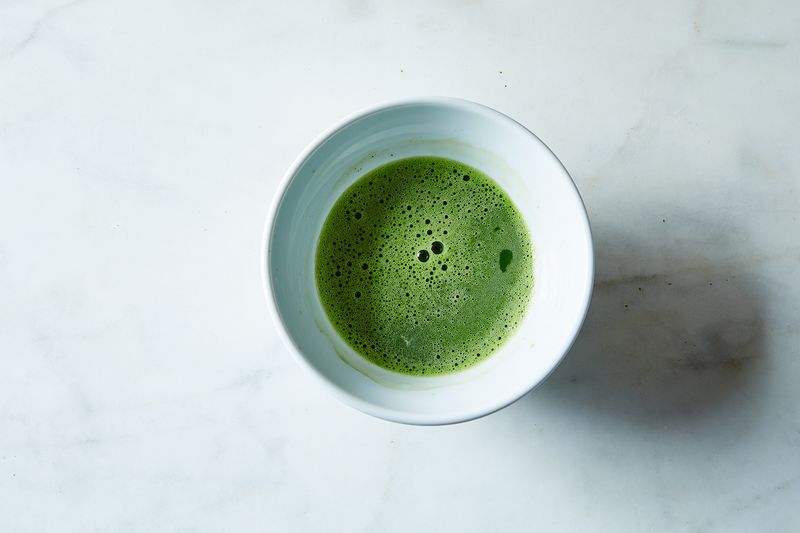
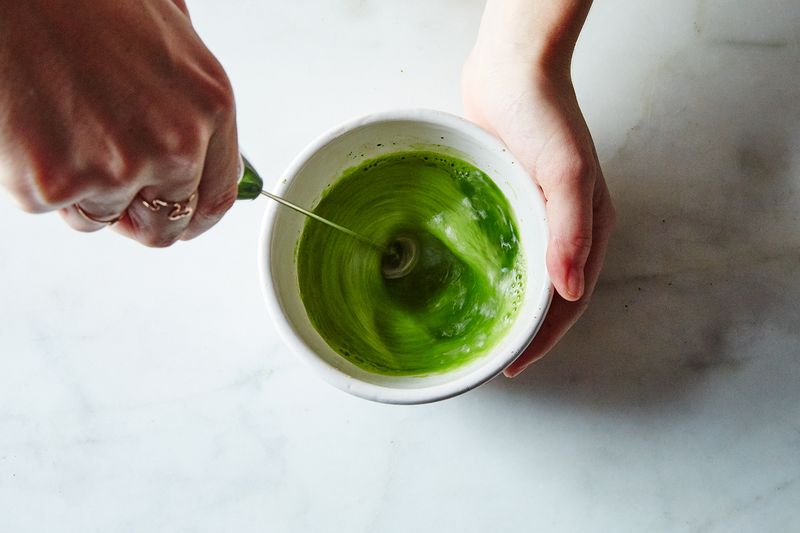

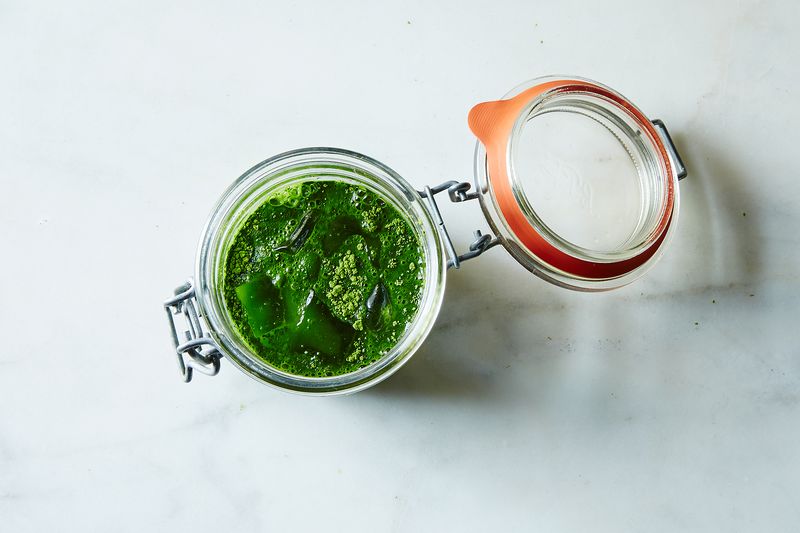
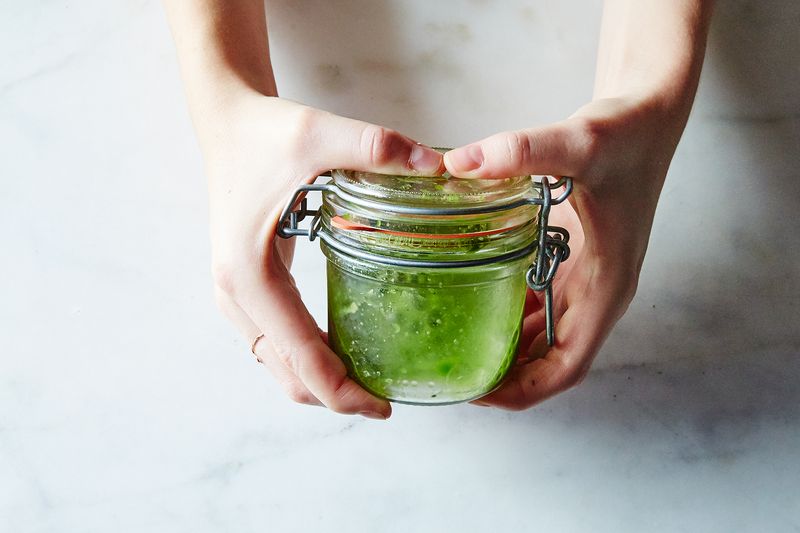

See what other Food52 readers are saying.